No products in the cart.
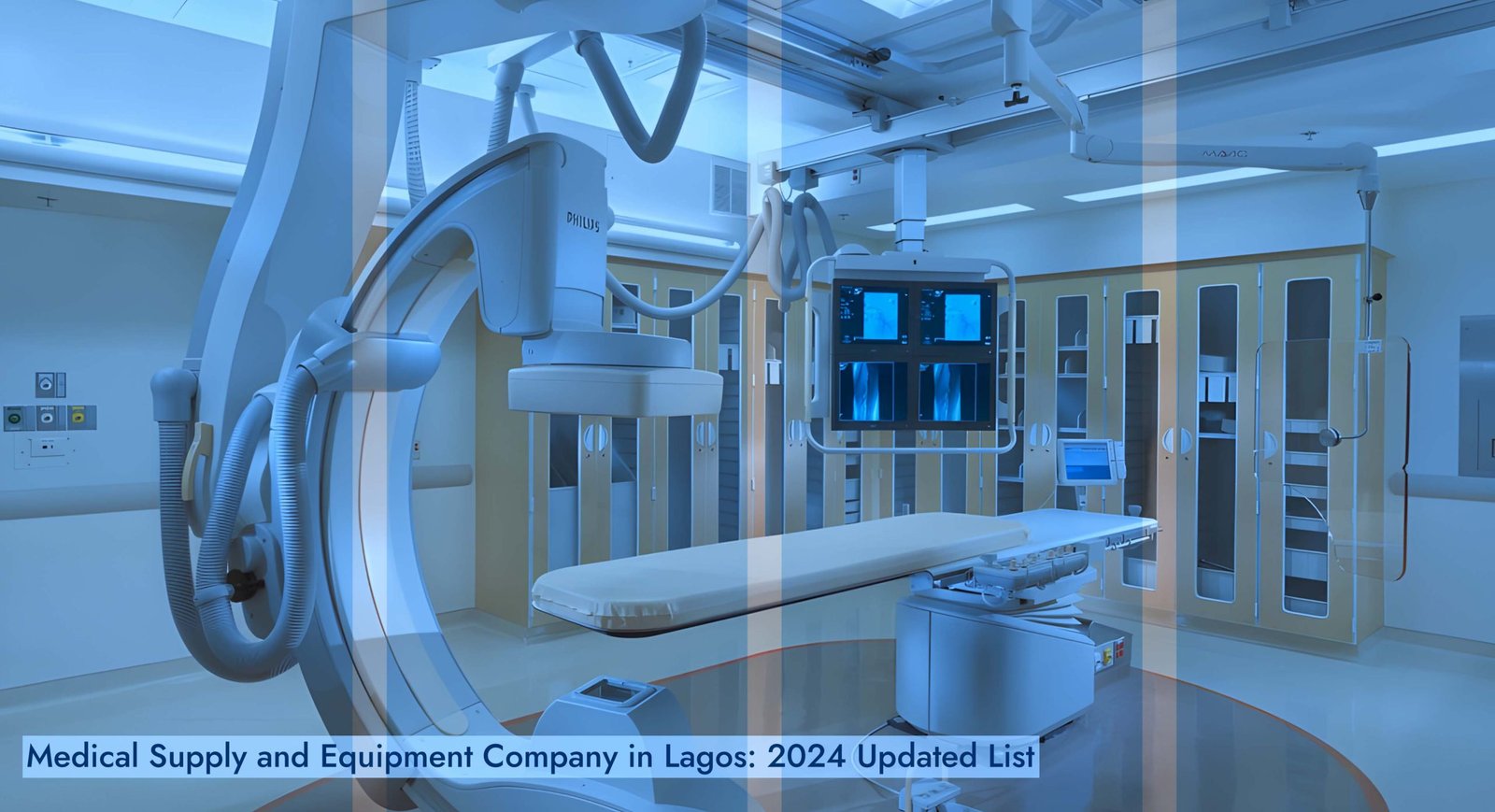
Table of Content
- Lagos Medical Device Companies #2024 | Leading Healthcare.
- The Rise of Lagos Medical Device Companies.
- What is the Difference Between a Medical Devices Company and a Medical Equipment Company?
- Leading Medical Device Companies in Lagos.
- FF Trading Services Limited - #1 First Medical Device Company.
- LifeBank - #2 Second Medical Device Company.
- 54gene - #3 Third Medical Device Company.
- MDaaS Global - #4 Forth Medical Device Company.
- Field Intelligence - #5 Fifth Medical Device Company.
- The Future of Medical Devices in Lagos.
- Conclusion on Medical Device Companies in Lagos.
Lagos Medical Device Companies #2024 | Leading Healthcare
Lagos, Nigeria’s bustling commercial hub, is fast becoming a pivotal player in the global healthcare industry, particularly in the realm of medical devices. This post will delve into the thriving ecosystem of medical device companies in Lagos, highlighting key players, their innovations, and the impact they are making on healthcare in the region and beyond.
The Rise of Lagos Medical Device CompaniesThe medical device sector in Lagos has seen exponential growth in recent years. This growth is driven by several factors, including increasing healthcare needs, government support, and a burgeoning tech-savvy workforce. Companies in this sector are not only catering to the domestic market but are also making significant strides in the international arena.
This article dives into the world of medical supplies, exploring the types you might encounter and the fascinating application of medical injection molding in their creation.
What is the Difference Between a Medical Devices Company and a Medical Equipment Company?medical devices company is specialized in producing specific high-tech medical devices, a medical equipment company offers a broader range of products that includes both medical devices and other healthcare-related equipment.
FF Trading Services limited. FF Trading Services limited is located in Lagos Nigeria serves the African market across Abuja, Port Harcourt, Kano, Benin, Accra, Johannesburg, Kigali and all sub-Saharan Africa and Netherland.
MEDICAL DEVICE IN LAGOS
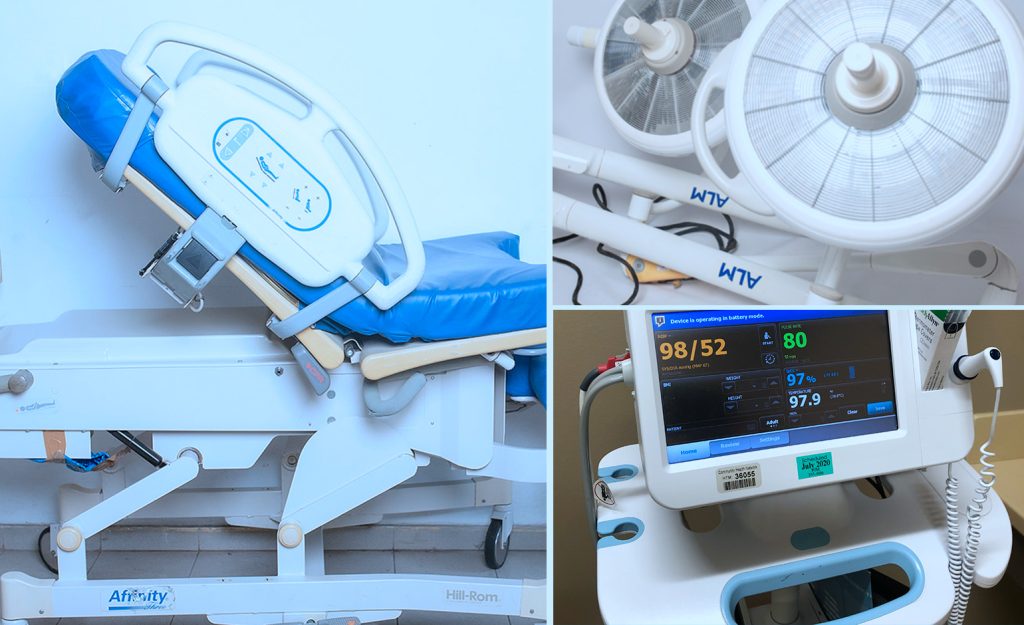
FF Trading Services Limited - #1 First Medical Device Company
FF Trading is driven with the need to bridge the gap in providing standard medical, laboratory and scientific services to meet its customers’ satisfaction from the hall way of Netherlands to Nigeria and other countries around the world.
Location: Netherland & Lagos, Nigeria
Website: fftrading-biz-100758.hostingersite.com
Founded: 2006
MEDICAL DEVICE IN LAGOS
LifeBank - #2 Second Medical Device Company
LifeBank is a health technology and logistics company that aims to deliver critical medical supplies, including blood, oxygen, and vaccines, to hospitals in Nigeria. Founded by Temie Giwa-Tubosun, LifeBank leverages technology to solve logistical challenges in the healthcare sector, ensuring timely delivery of life-saving products. The company's innovative use of drones and digital platforms has made it a standout player in the Lagos medical devices landscape.
Location: Lagos, Nigeria
Website: lifebankcares.com
Founded: 2016
MEDICAL DEVICE IN LAGOS
54gene - #3 Third Medical Device Company
54gene is a genomics research, services, and development company focused on African genetic data. While not a traditional medical device company, its impact on healthcare cannot be overstated. By providing advanced diagnostic tools and leveraging genetic research, 54gene is paving the way for personalized medicine and advanced healthcare solutions in Nigeria.
Location: Lagos, Nigeria
Website: 54gene.com
Founded: Update
MEDICAL DEVICE IN LAGOS
MDaaS Global - #4 Forth Medical Device Company
MDaaS (Medical Devices as a Service) Global is revolutionizing access to quality medical equipment in Africa. The company sets up and operates diagnostic centers across Nigeria, providing affordable and reliable diagnostic services. Their approach includes using refurbished and well-maintained medical devices, making advanced diagnostics accessible to a broader population.
Location: Lagos, Nigeria
Website: www.mdaas.io
Founded: 2016
MEDICAL DEVICE IN LAGOS
Field Intelligence - #5 Fifth Medical Device Company
Field Intelligence is a health tech company that provides pharmaceutical supply chain solutions. Through their platform, they ensure that essential medicines and medical devices reach the last mile efficiently. Their innovative use of data analytics and AI helps optimize inventory management and reduce stockouts, ensuring a steady supply of medical devices where they are needed most.
Location: Lagos, Nigeria
Website: field.inc
Founded: 2015
MEDICAL DEVICE IN LAGOS
The Future of Medical Devices in Lagos
The future looks promising for Lagos medical device companies. With continued investment in technology, infrastructure, and talent, Lagos is poised to become a leading hub for medical device innovation in Africa. The city's strategic location, combined with a robust entrepreneurial ecosystem, supports the growth of this critical sector.
Key Areas of Growth:
- Telemedicine: As telehealth services expand, there will be increased demand for home-use medical devices.
- Wearable Technology: Devices that monitor health metrics in real-time will become more prevalent.
- AI and Machine Learning: These technologies will enhance diagnostic accuracy and treatment personalization.
MEDICAL DEVICE IN LAGOS
Conclusion on Medical Device Companies in Lagos
Lagos medical device companies are at the forefront of transforming healthcare in Nigeria and beyond. Their innovations are not only improving patient outcomes but are also setting new standards for efficiency and accessibility in the healthcare sector. As these companies continue to grow and innovate, they will undoubtedly play a crucial role in shaping the future of global healthcare.
Whether you are a healthcare professional, a potential investor, or simply interested in the advancements in medical technology, keeping an eye on Lagos medical device companies is essential. Their impact is profound, and their future is bright.
For more information and updates on the leading medical device companies in Lagos, stay tuned to our blog and follow our social media channels.
MEDICAL DEVICE IN LAGOS


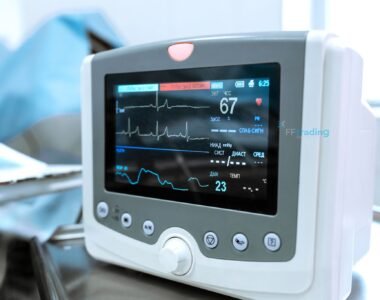

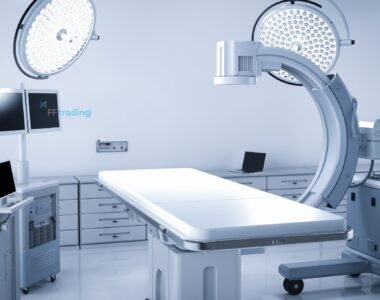


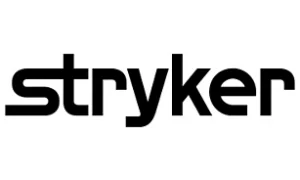



29 Comments
Comments are closed.